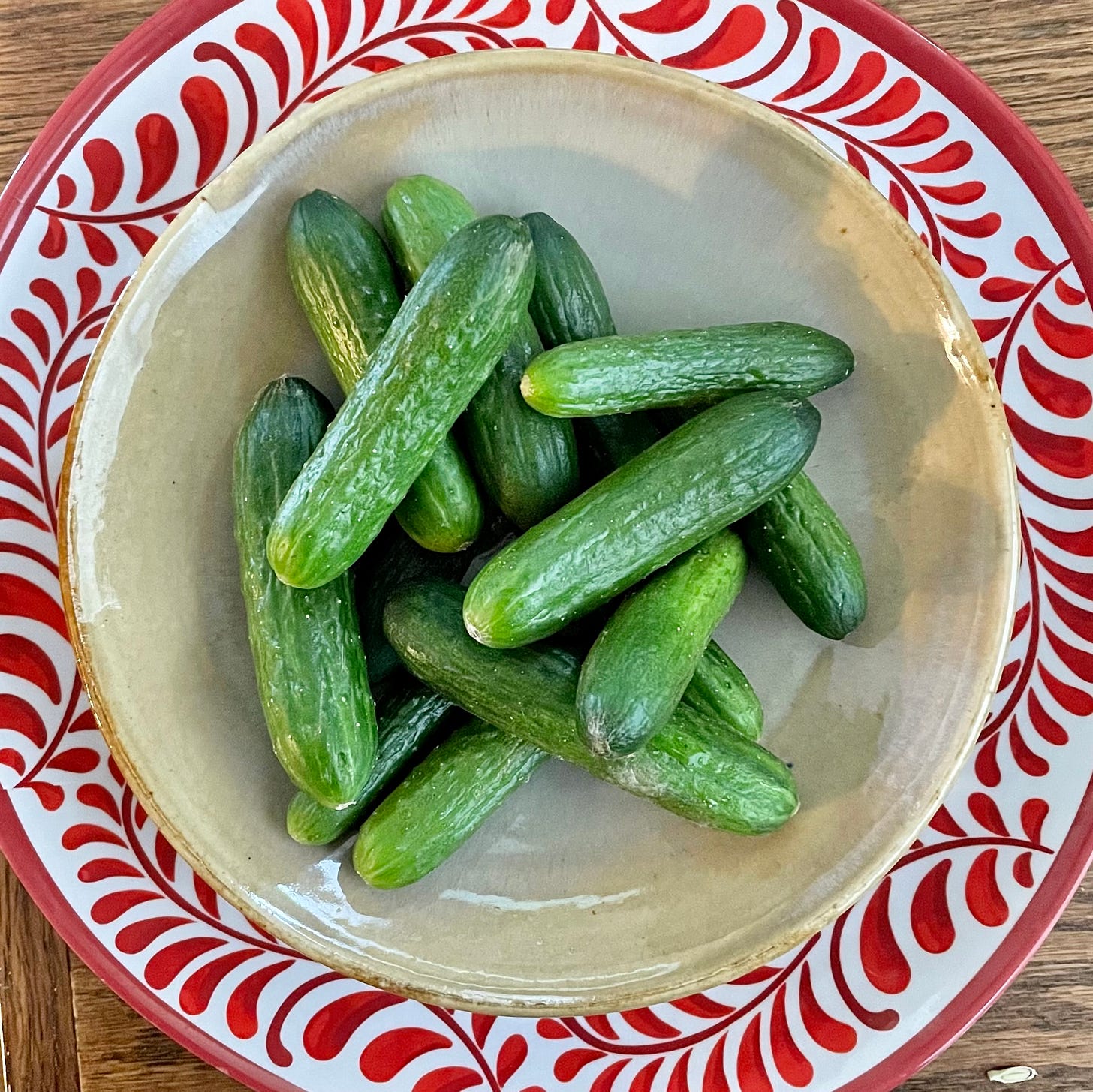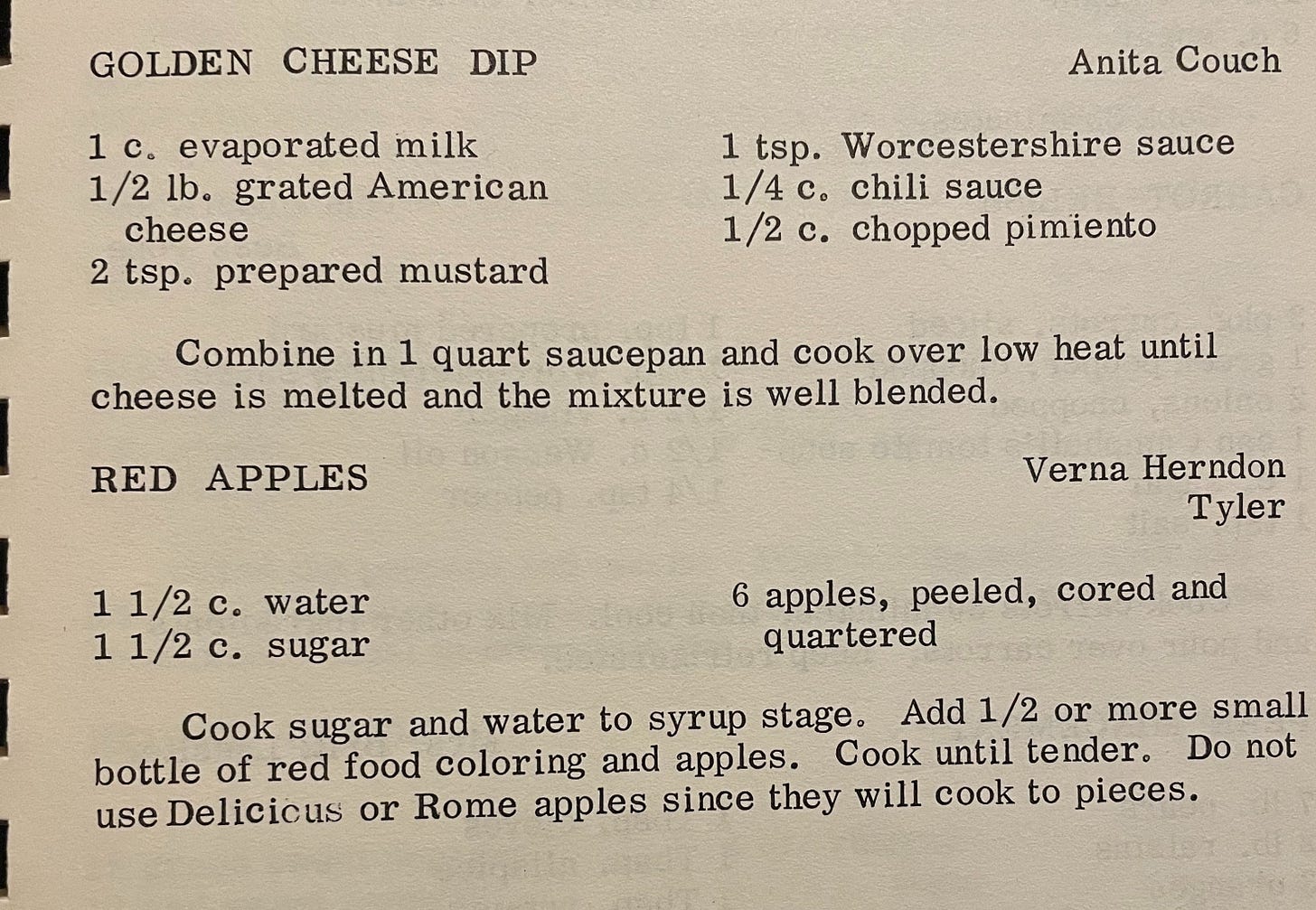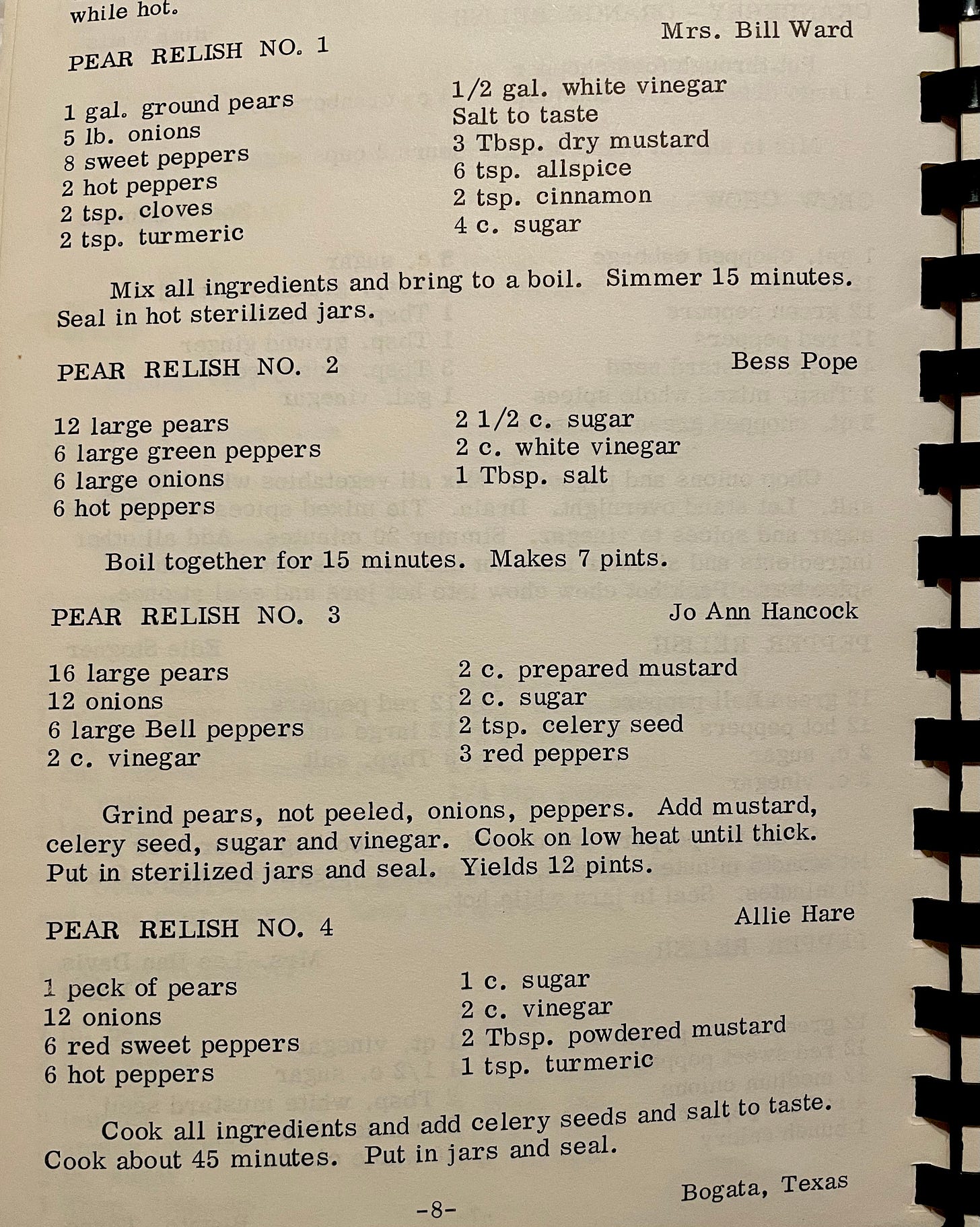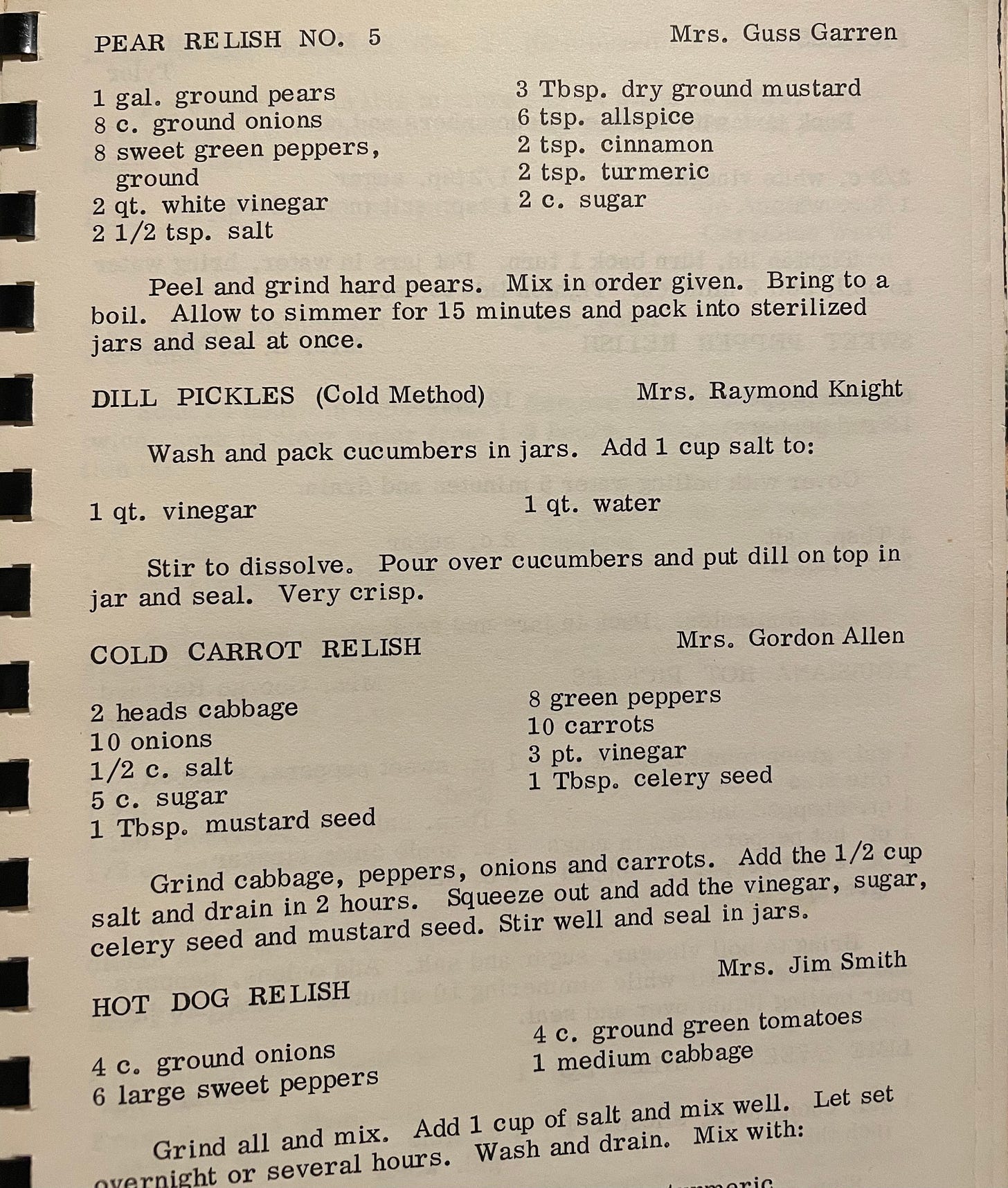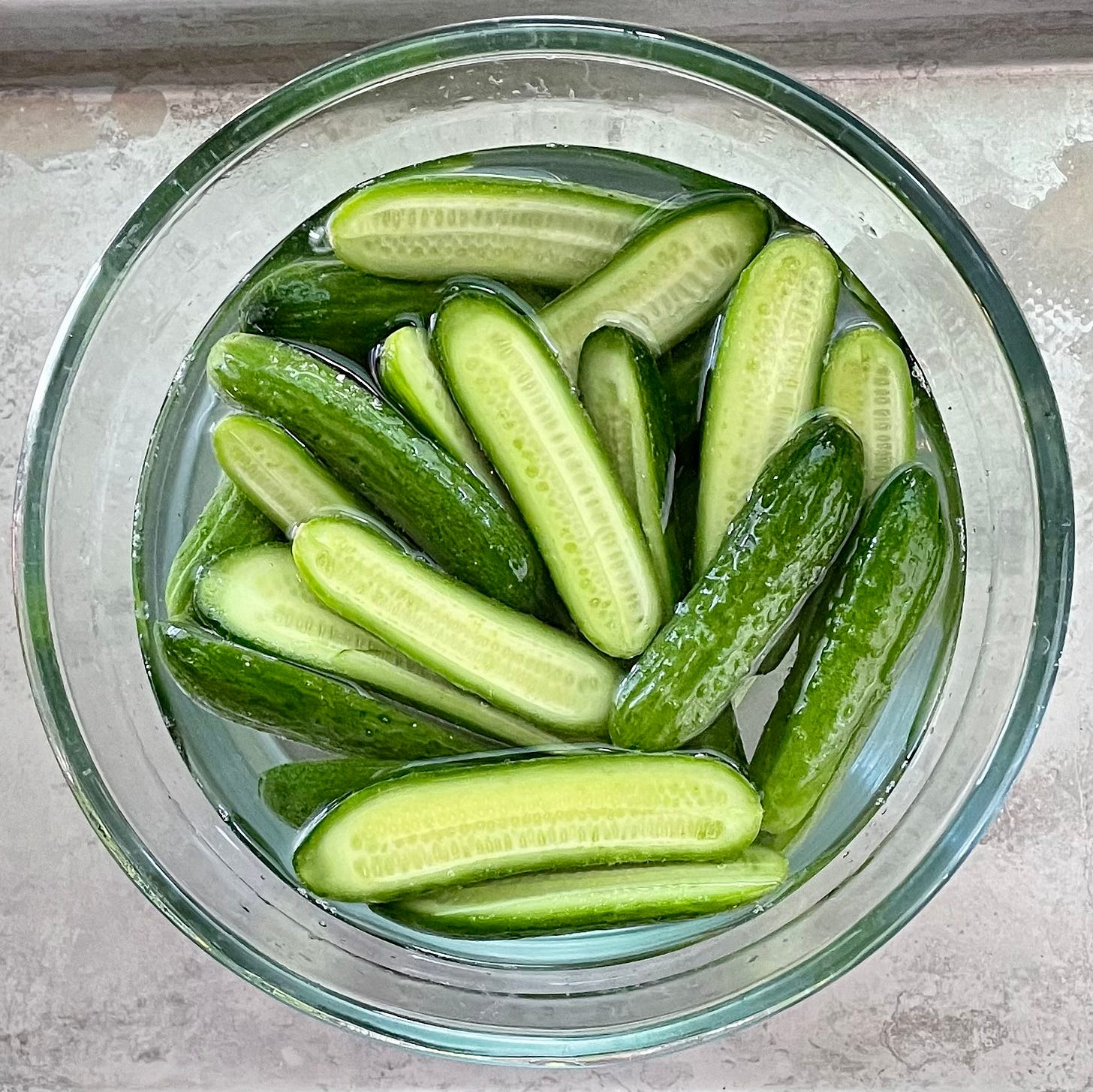Vintage Recipe Roulette with 1975's Talk About Good: Thunder and Lightning Pickles
...And what they have to do with equal rights.
Welcome to the special series of Vintage Recipe Roulette with Talk About Good, my grandmother’s 1975 church cookbook from the northeast corner of Texas. It’s filled with many wonders to behold, some of them transcendent, some of them inedible, some of them merely inadvisable. In this installment, we venture into the Appetizers, Pickles, and Relishes chapter. You might want to wear a helmet.
I remember the 70s a little bit, and things like this were the height of potluck fashion: cheese dip that wields pimento like a battle mace, and apples besmirched by enough red dye #40 to permanently discolor every bowl, fork and tongue that came in contact.
It also has, for reasons I may never understand, five separate recipes for a pantry full of pear relish. This doesn’t even include the two more for pear mincemeat.
The above recipes also highlight something that we’d all do well to remember — most women used to use their husband’s name, first and last, with Mrs. in front of it. I received mail addressed to me that way as recently as the 1990s. You can read an article here about when outlets like the Washington Post stopped using that as their standard, and it was right around the time of this cookbook. That was after centuries of the practice of English common law called the doctrine of coverture, wherein because women had no rights of their own, they were “covered” by their father’s name and then their husband’s, so in formal or legal contexts, there was no sense in using her own name. That falling away was not just about names, then, but rights…and it hasn’t been long since women who wanted their own existence were in a real peck of pickles.
I’m a bit pleased, in that context, that the pickle recipe that stood out to me as interesting doesn’t use a coverture name. Small consolation, perhaps?
So much is interesting about this recipe. It sounds like it will be sweet and hot, which is practically required now, but it stands out a bit in this cookbook as the only similar example. Dill blossom would indicate that this recipe would be made late in the season with garden herbs that are near going to seed. There are heirloom varieties of cucumbers that are yellow, but given the dill timing, I wonder whether this was intended to be a use for the cukes that had been on the vine too long, getting large and seedy and yellow. This was a time when many people in rural areas still grew quite a few vegetables, and ways to preserve waning or bumper crops before they rotted or froze were helpful. Either way, I haven’t got them, so I chose regular fresh dill, and some tiny cukes to match the size of that consolation. I didn’t bother scooping seeds because they’re so teeny. Just adorable, luxuriating in that brine.
The overnight, room temp soaking means there’s just a hair of natural ferment here, but the cider vinegar takes care of the rest. It’s a simple recipe compared to some others (fermented in the sun for a week, or after several chemical baths over 14 days), and I only made one third of it, because I’m not going to can these for long-term storage. If you’re just making one jar that will be consumed quickly, you can skip that part — and that’s a good thing, since these cookbooks assume you know how to do it.
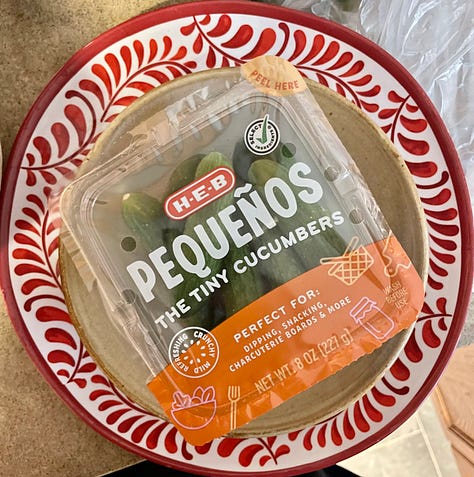
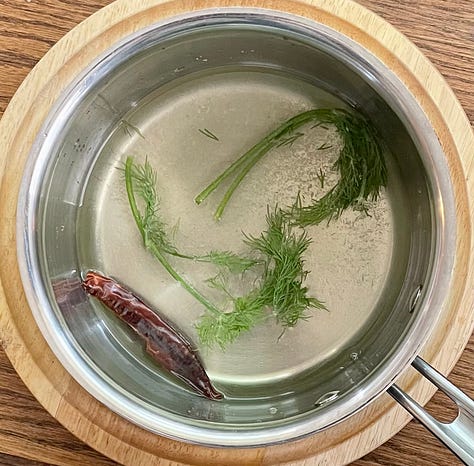

(You really should try it, at least once.)
Since this recipe doesn’t have a pickling lime step (no, not that lime, the other lime) to keep them super crunchy, these are similar to regular jarred pickles in texture, but without canning them in a boiling water bath, they’re a bit more firm than the usual store-bought. The name set some high expectations, though, and I’m surprised that the thunder and lightning are coming from quite far off. There’s just a hint of spice, and they aren’t very sweet, either. Pretty sure the storm’s going to miss us…
But after a few days in the fridge, they’ve developed into something pretty nice — spicier, still crunchy, and I find I like the light sweetness when I’m not expecting gherkin levels. I was afraid pouring off the brine entirely would leave them flat, but they’re plenty salty, and divine on a burger or with a little pepper jack and cracker snack.
I think I’ll dial down the salt and add some of the usual mustard and celery seeds next time, but this recipe turns out to be a winner. It knows who it is. It’s going its own way. That’s all it takes — a little steeping in your own life, trying a few different ingredients, settling into what things are actually like without the hype.
Getting all pinned down by the name? It’s only going to hold you back.




